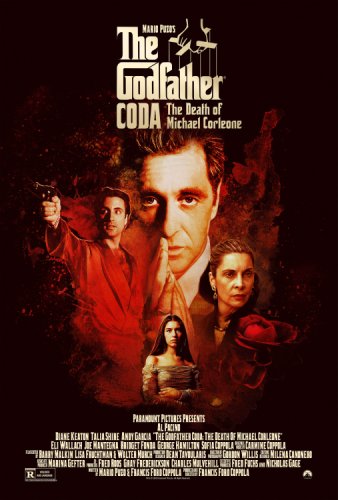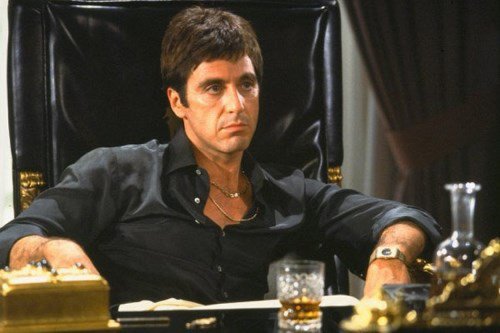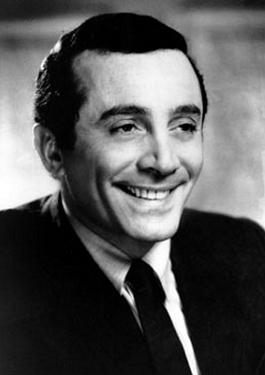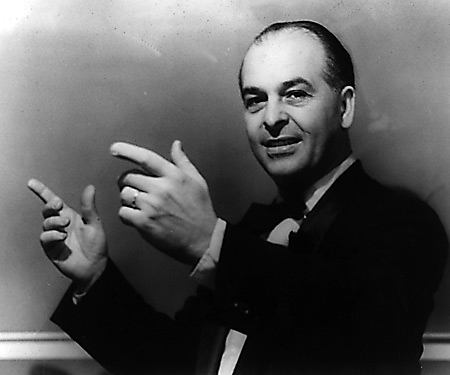Francis Ford Coppola returns as director to complete his crime saga of the Corleones. Film begins many years after Part II, where an aging Michael is determined to legitimize the family business, to finally remove it from the violent setting that has dogged them for so long, but unfortunately his dealings with the Vatican, and challenges from a rival Mafia family once again pull him back into that world, and his attempts to make amends for his past, and find a worthy successor, do not go according to plan.




































